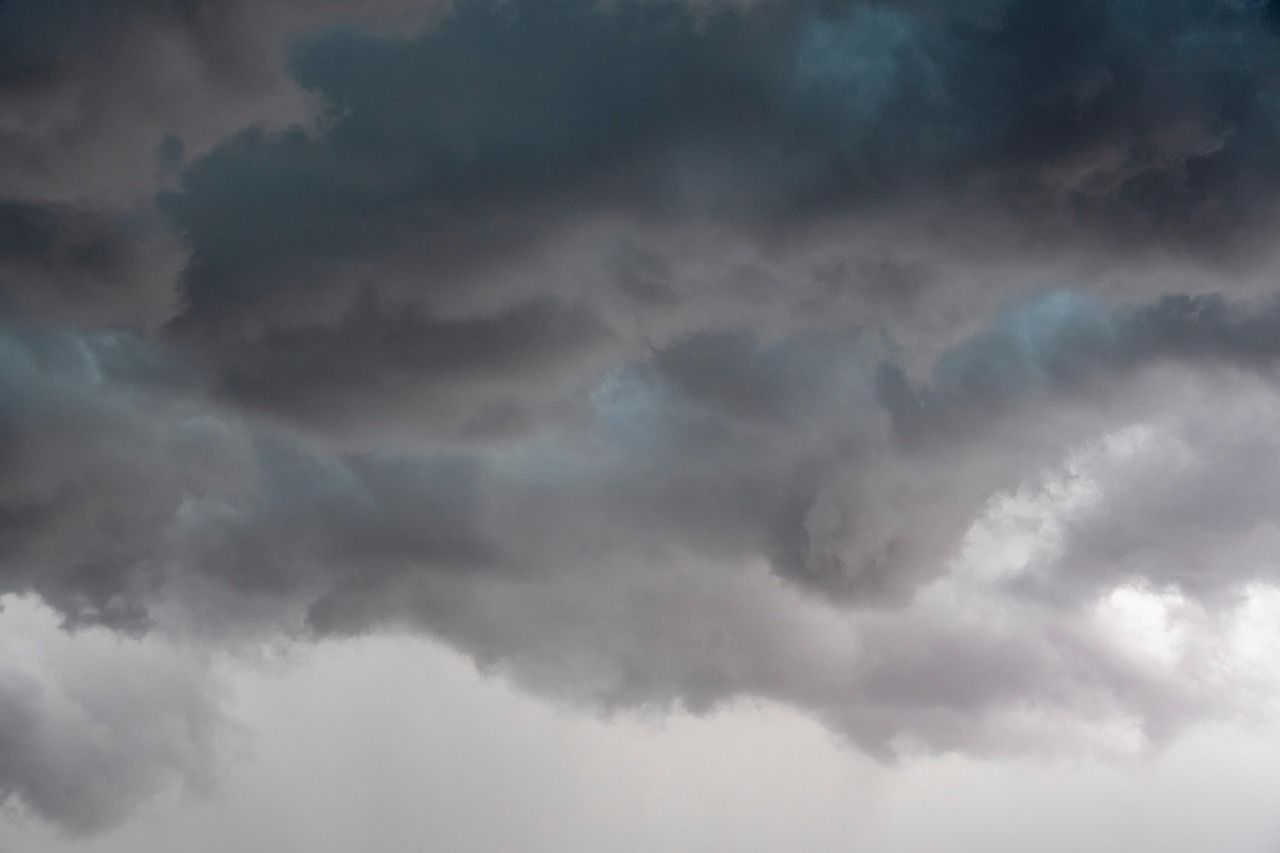
The Philippine Atmospheric, Geophysical and Astronomical Services Administration (PAGASA) announced on Wednesday, Feb. 26 that the northeast monsoon season, or “amihan,” could end in the first half of March.
PAGASA Weather Specialist Joey Figuracion explained that this period marks the start of a climate transition from the cool and dry season to the hot and dry season.
The country’s climate is divided into two main seasons based on temperature and rainfall: the rainy season, which runs from June to November, and the dry season, from December to May.
The dry season is further divided into two phases: the cool and dry season, from December to February, and the hot and dry season, from March to May.
The end of the amihan season marks the conclusion of the cooler weather that has brought lower temperatures, northeast winds, and occasional rainfall, particularly in the eastern parts of the country, since October.
As the climate transitions, warmer temperatures will set in, which mark the start of the hot and dry season.
This shift is accompanied by changes in wind patterns, from northeasterly to easterly winds, along with a rise in temperatures.
Over the coming months, the country will experience more sunny and dry days, but isolated afternoon or evening thunderstorms remain possible.
In 2024, PAGASA officially declared the end of amihan and the start of the hot and dry season on March 22.